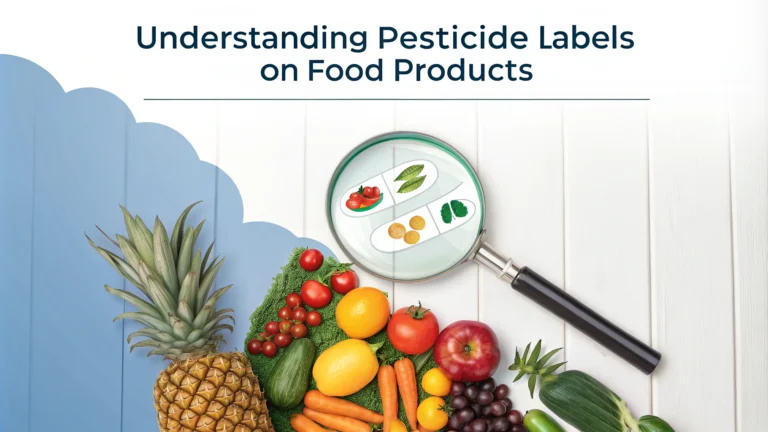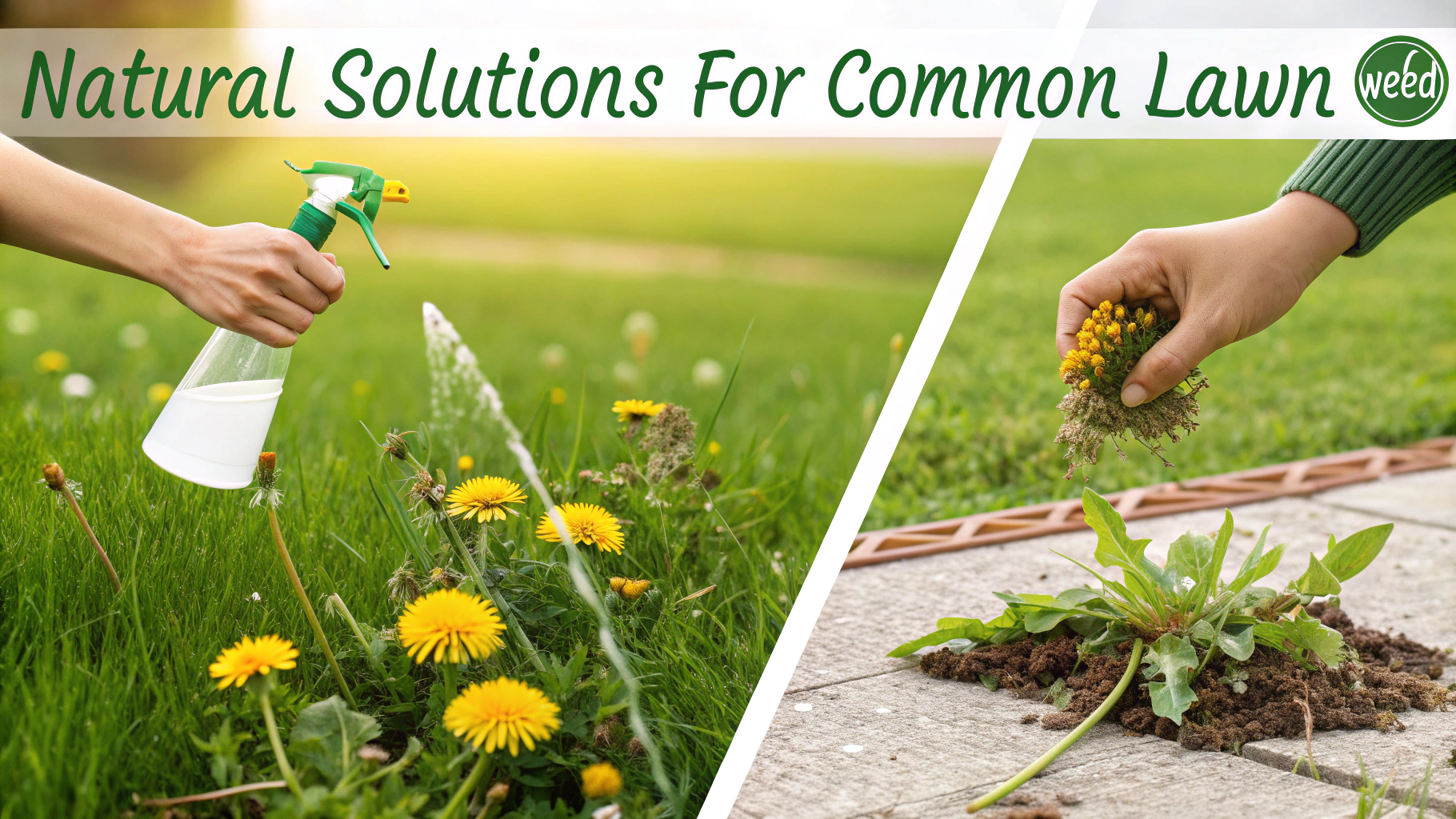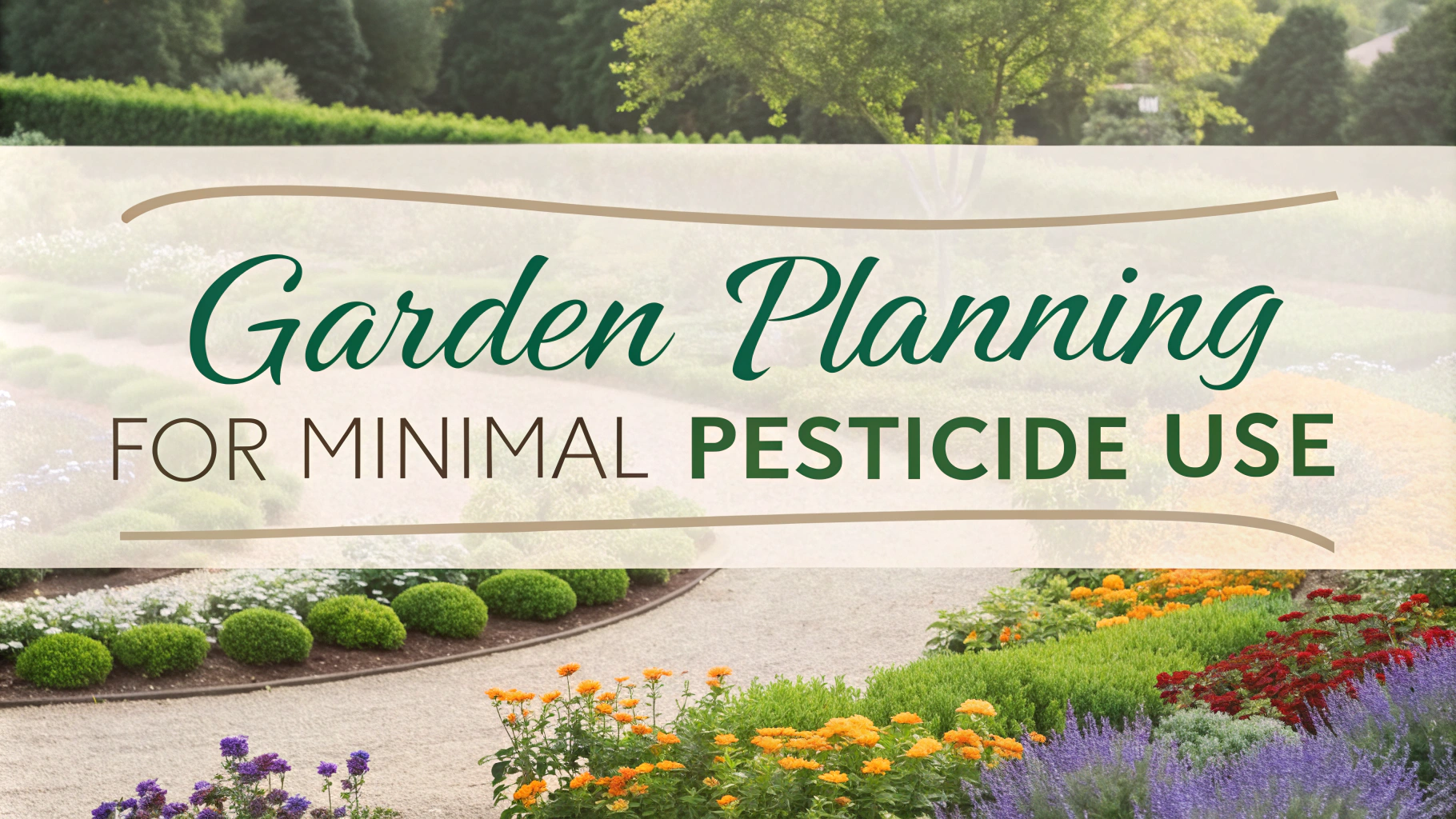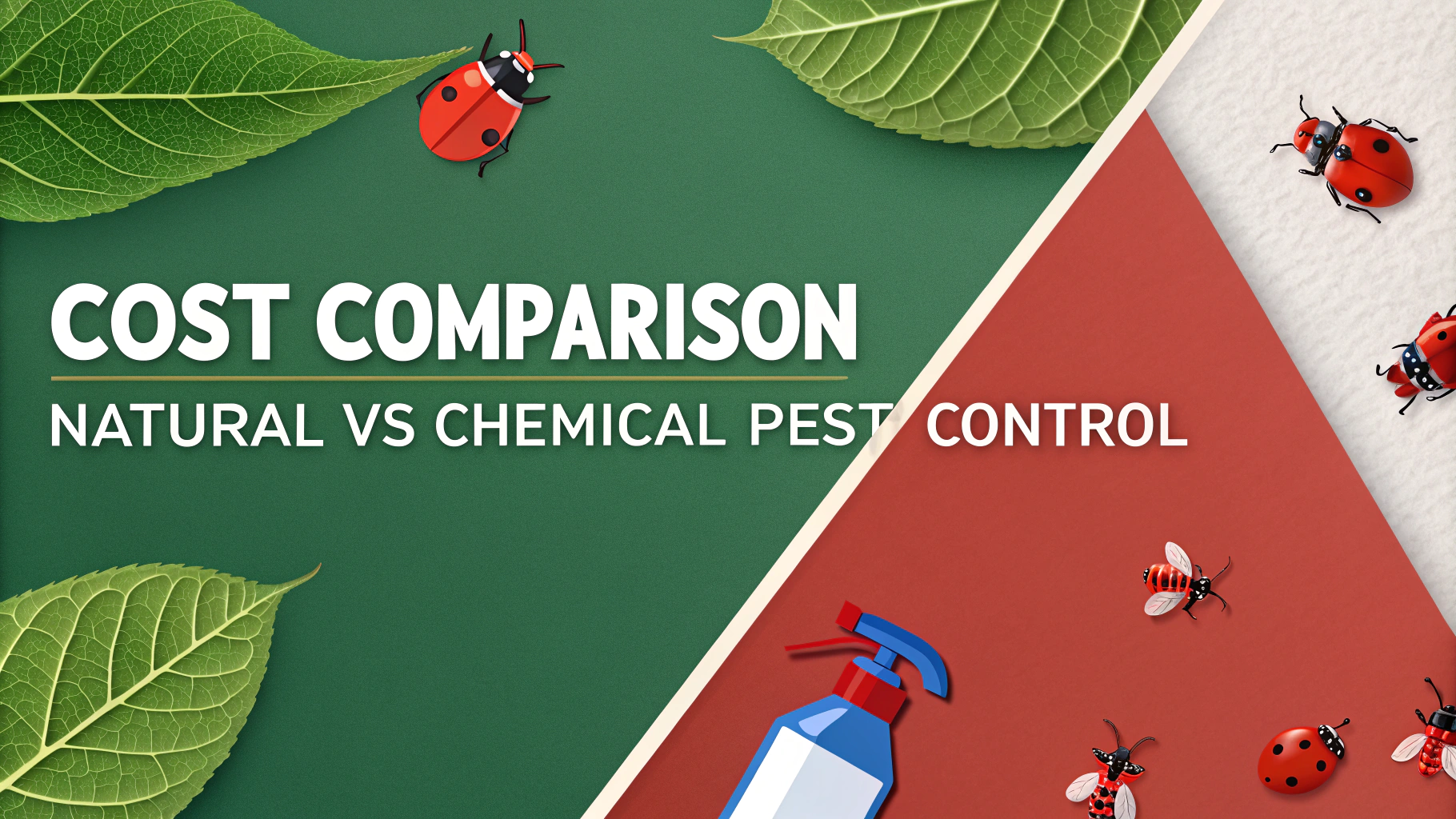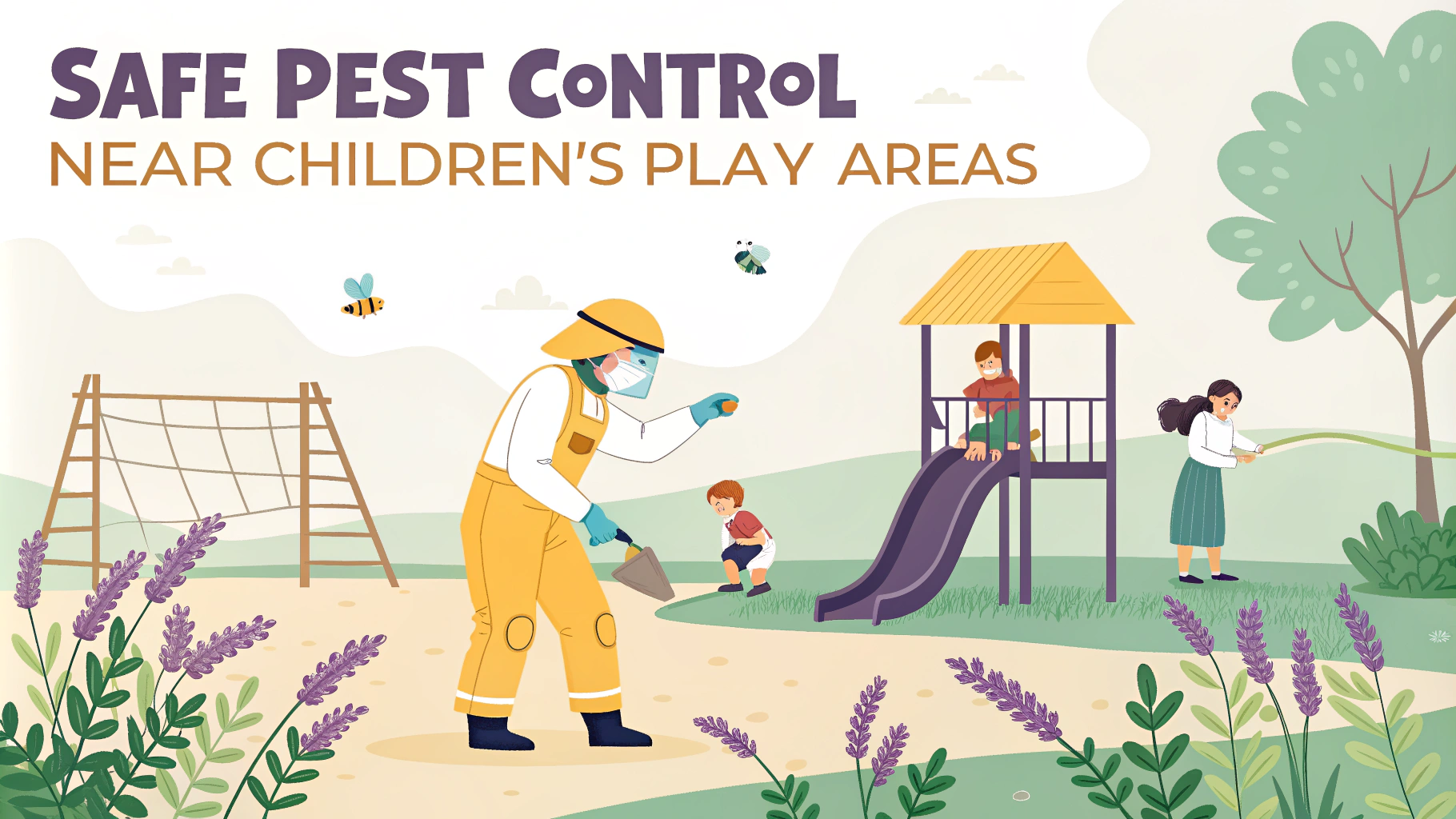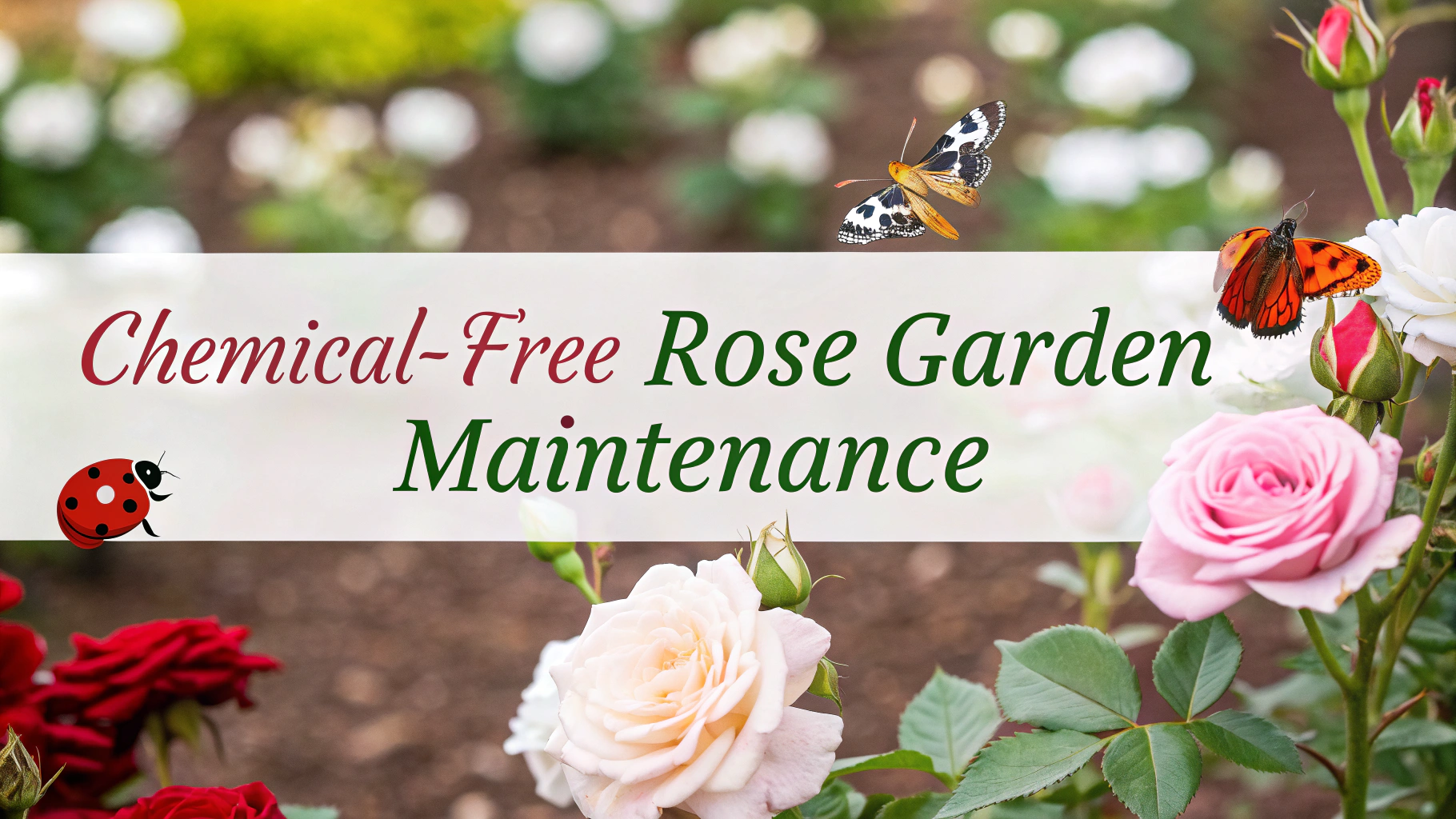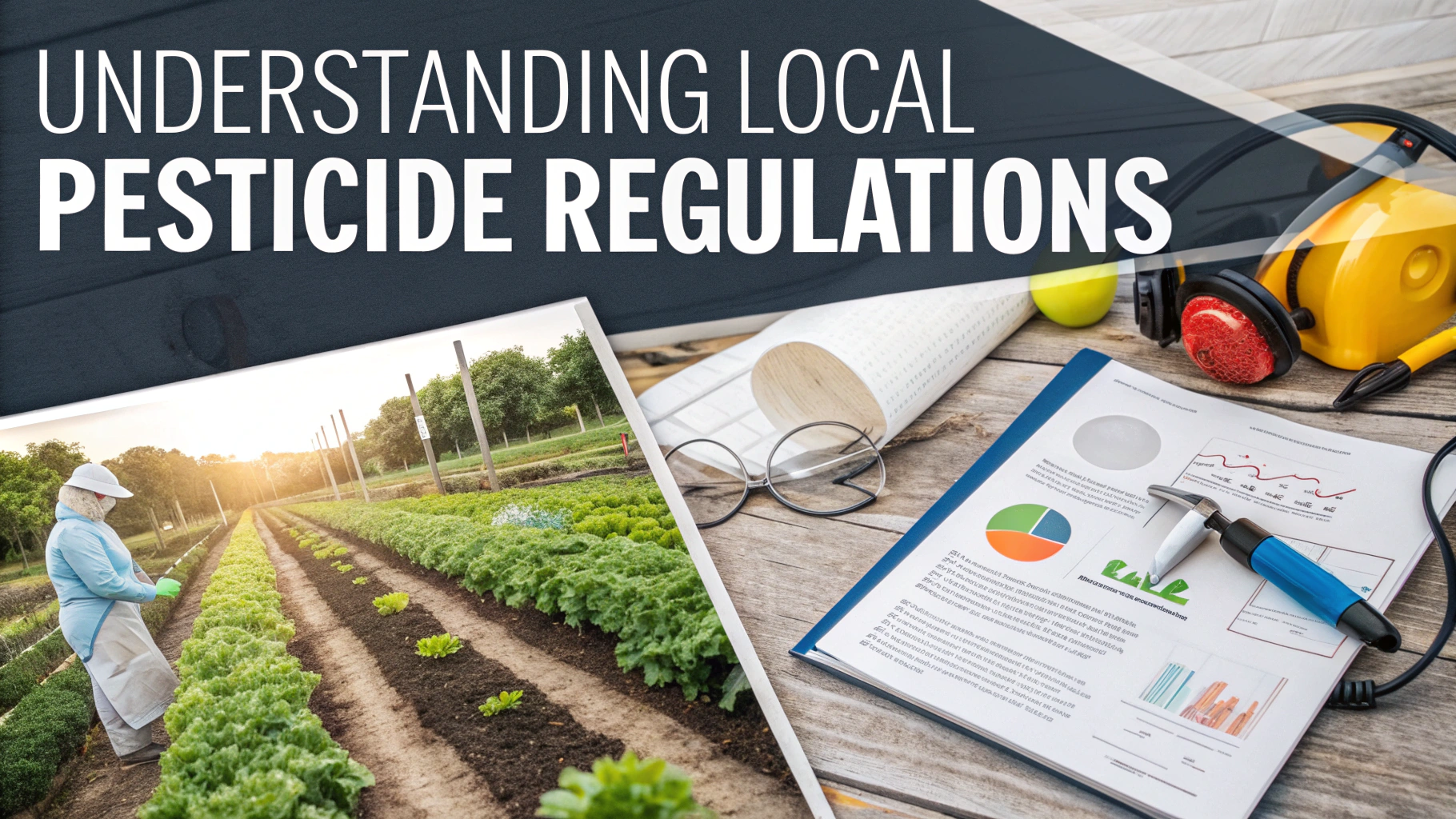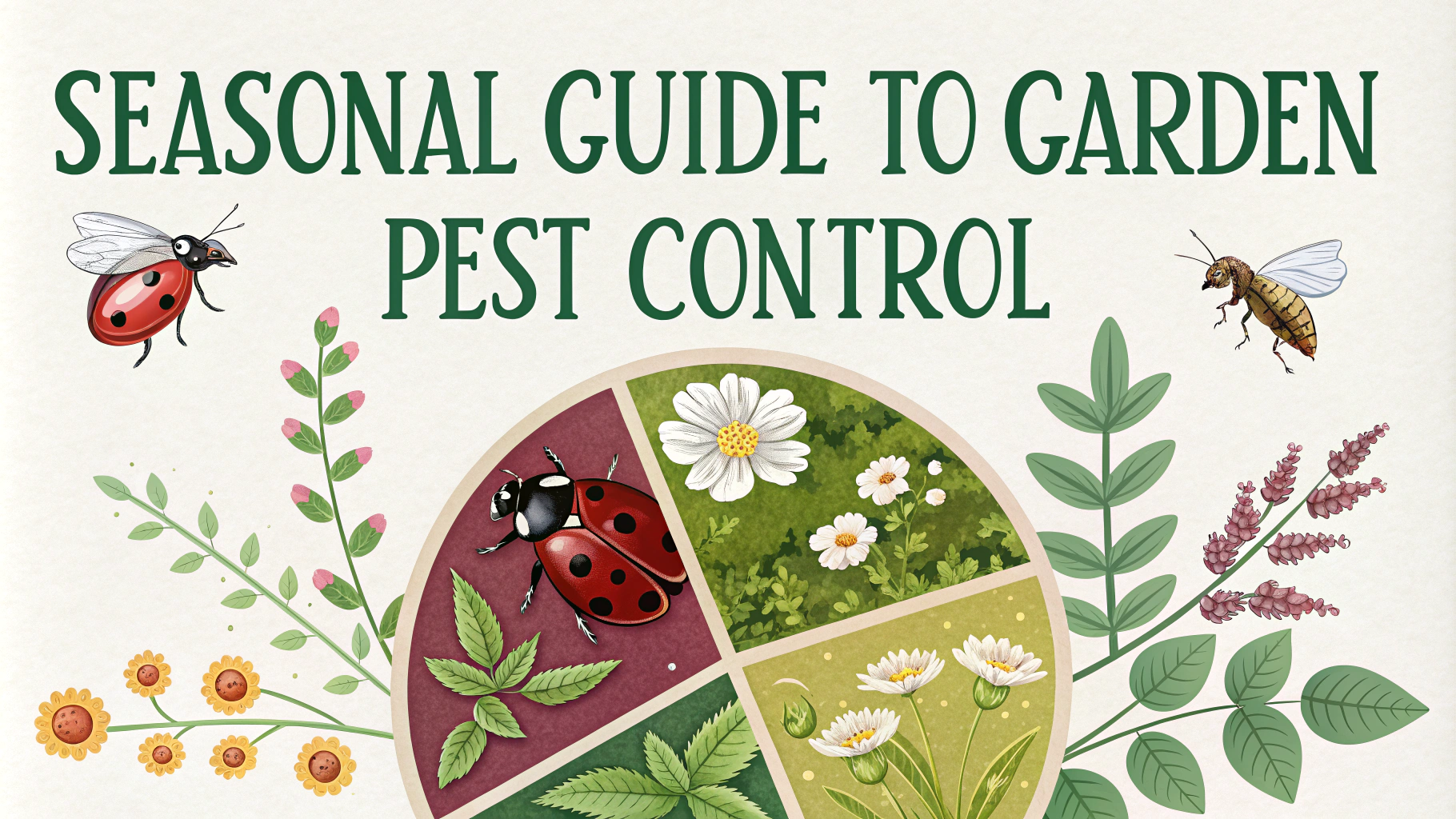Reading and understanding pesticide labels on food products helps consumers make informed choices about their food safety and environmental impact.
Quick Guide to Pesticide Label Components
Pesticide labels contain several key elements that consumers should check:
- Active Ingredients: Lists chemicals that control pests
- Inert Ingredients: Additional substances used to deliver active ingredients
- EPA Registration Number: Unique identifier proving EPA approval
- Warning Words: Caution, Warning, or Danger based on toxicity
- Pre-harvest Interval: Time required between application and harvest
Common Pesticide-Related Terms
| Term | Meaning |
|---|---|
| Organic | Grown without synthetic pesticides |
| IPM | Integrated Pest Management – uses minimal pesticides |
| Residue Tolerances | Maximum allowed pesticide levels |
Tips for Reducing Pesticide Exposure
- Wash produce thoroughly under running water
- Remove outer leaves of leafy vegetables
- Peel fruits and vegetables when possible
- Buy seasonal produce from local farmers
- Check the Environmental Working Group’s Dirty Dozen list
Resources for Additional Information
For pesticide safety concerns, contact the National Pesticide Information Center (NPIC) at 1-800-858-7378 or visit their website at npic.orst.edu.
The FDA maintains a pesticide monitoring database for public access to residue testing results.
Understanding Certification Labels
- USDA Organic: Meets federal organic standards
- Non-GMO Project Verified: No genetic modification
- Certified Naturally Grown: Peer-reviewed natural farming practices
Keep produce shopping receipts and packaging for tracking in case of food safety concerns.
Report pesticide violations or concerns to your local agricultural department or the EPA’s National Pesticide Information Center.
Best Practices for Storage and Handling
- Store pesticide-treated produce separately from organic items
- Use separate cutting boards for conventional and organic produce
- Keep records of purchase dates and sources
- Follow proper storage temperatures to prevent degradation
Special Considerations for At-Risk Groups
- Pregnant women should prioritize organic options
- Children may be more sensitive to pesticide residues
- Elderly individuals with compromised immune systems require extra precaution
- People with chemical sensitivities should choose pesticide-free alternatives
Seasonal Shopping Guidelines
| Season | Best Practices |
|---|---|
| Spring | Focus on local greenhouse produce |
| Summer | Buy from farmers’ markets when pesticide use is lowest |
| Fall | Choose root vegetables with protective skins |
| Winter | Consider frozen organic options |
Conclusion
Understanding pesticide labels and making informed choices about produce selection helps protect personal and environmental health. Regular monitoring of updates to pesticide regulations, combined with proper handling practices, ensures optimal food safety. Consumers can balance cost, convenience, and safety by using available resources and following recommended guidelines for produce selection and preparation.
Stay informed about pesticide regulations and food safety updates through reliable government and agricultural resources.
FAQs
- What do the different pesticide-related terms on food labels mean?
“Organic” means no synthetic pesticides were used, “Pesticide-free” indicates no pesticides were used at all, and “IPM-grown” means Integrated Pest Management practices were followed with minimal pesticide use. - How can I remove pesticide residues from fruits and vegetables?
Wash produce thoroughly under running water, use a produce brush for firm items, and peel when possible. Soaking in a solution of water and baking soda for 15 minutes can help remove surface residues. - Which foods typically have the highest pesticide residues?
Strawberries, spinach, kale, nectarines, apples, grapes, peaches, cherries, pears, and tomatoes typically have the highest pesticide residues according to Environmental Working Group testing. - What’s the difference between conventional and organic pesticide labels?
Organic labels indicate only natural or approved organic pesticides were used, while conventional labels may include synthetic chemical pesticides within regulated limits. - How long do pesticide residues remain on food products?
Residue longevity varies by pesticide type, but most break down over time. Labels indicate maximum residue limits (MRLs) have been tested and are within safe levels for consumption. - What do the numbers in the pesticide residue data on labels mean?
These numbers represent parts per million (ppm) of pesticide residues detected, which must fall below EPA-established tolerances for safety. - Are pesticide residues more concerning for certain groups of people?
Yes, pregnant women, young children, elderly, and those with compromised immune systems should be more cautious about pesticide exposure and may want to prioritize organic options. - What certification labels indicate reduced pesticide use?
USDA Organic, Certified Naturally Grown, Food Alliance Certified, and Demeter Biodynamic certifications all indicate restricted pesticide use. - How are pesticide residue limits on food labels determined?
The EPA sets tolerance levels based on extensive safety testing, considering factors like daily intake, cumulative exposure, and potential health impacts. - What should I do if I suspect a food product exceeds pesticide limits?
Report concerns to the FDA’s Safety Reporting Portal, retain the product and packaging, and document the label information including lot numbers and purchase location.
